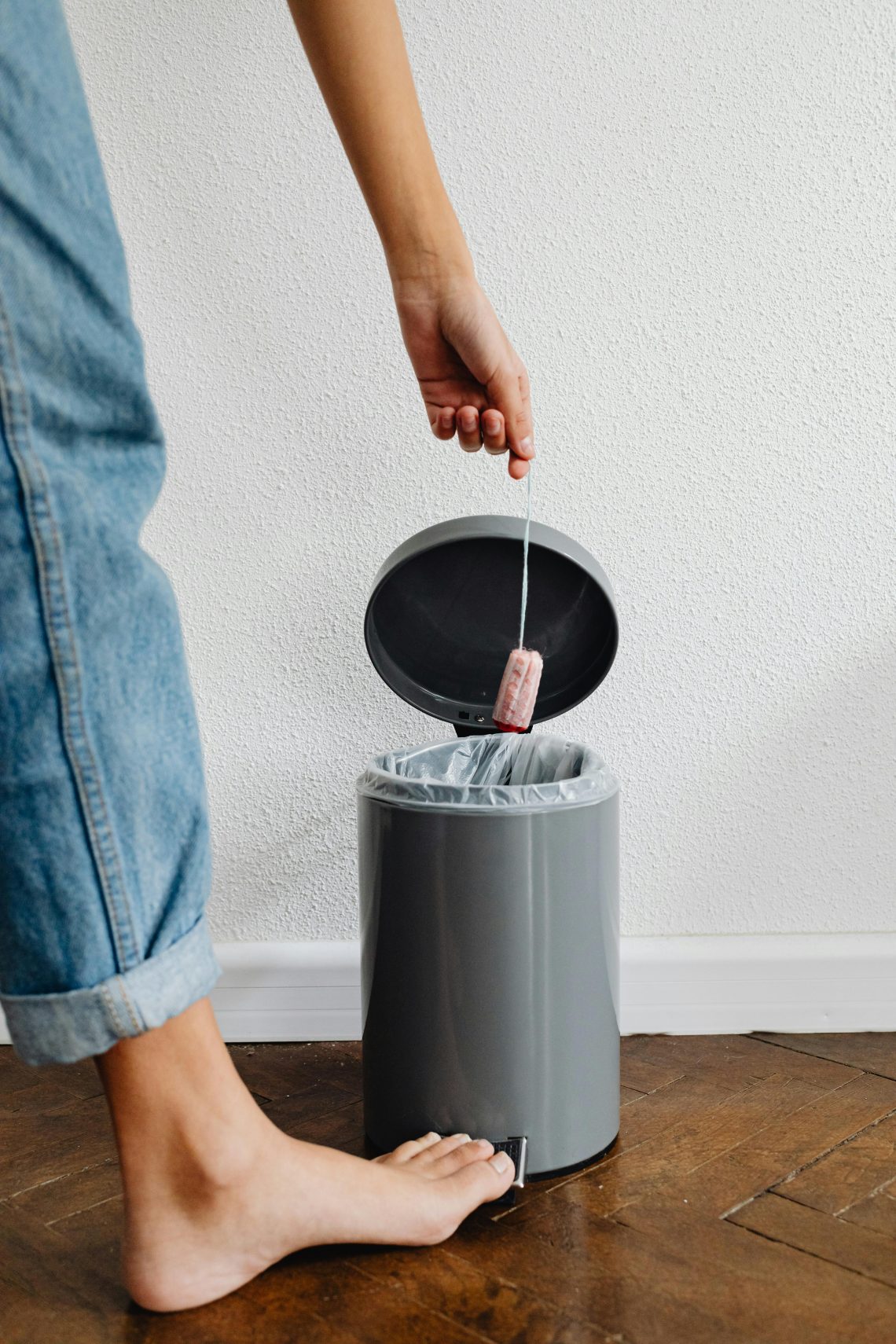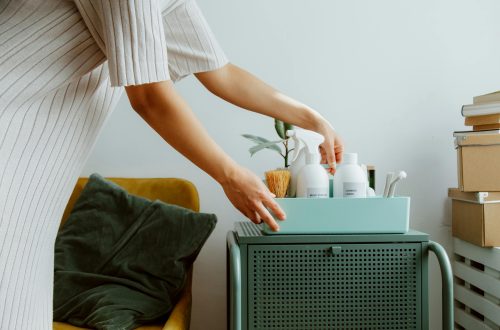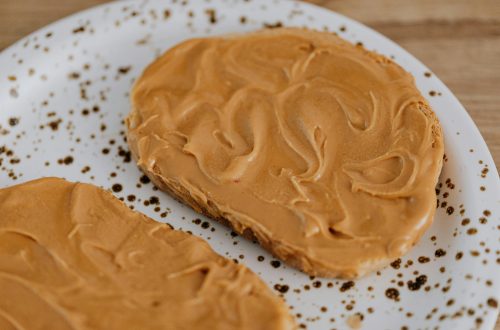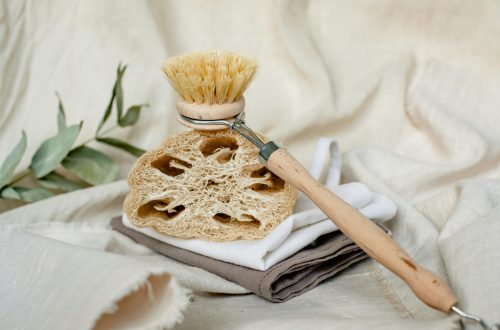Keeping your home clean doesn’t have to come at the expense of the planet. Traditional cleaning products often contain harsh chemicals and come in single-use plastic packaging, contributing to pollution and waste. Fortunately, zero waste cleaning offers a sustainable alternative that’s just as effective—if not more so. By using simple, natural ingredients and reusable tools, you can achieve a sparkling, eco-friendly home without harming the environment. Here’s how to get started.
Switch to Reusable Cleaning Tools
One of the easiest ways to reduce waste in your cleaning routine is by ditching disposable products in favor of reusable alternatives. Here are some swaps to consider:
- Microfiber cloths or cotton rags: Replace paper towels with washable cloths. Old t-shirts or towels can be repurposed into cleaning rags.
- Bamboo scrub brushes: These are durable, compostable, and perfect for scrubbing dishes or surfaces.
- Reusable mop pads: Opt for a mop with washable pads instead of disposable ones.
- Glass spray bottles: Refillable bottles are perfect for homemade cleaning solutions and last for years.
By investing in these reusable tools, you’ll cut down on waste and save money in the long run.
Make Your Own Natural Cleaning Solutions
Commercial cleaners often come in plastic bottles and contain synthetic chemicals that can harm both your health and the environment. Instead, try making your own zero waste cleaning products with these simple ingredients:
All-Purpose Cleaner
Mix equal parts water and white vinegar in a spray bottle. Add a few drops of essential oil (like lemon or tea tree) for a fresh scent and extra antibacterial properties. This solution works great on countertops, sinks, and glass surfaces.
Scouring Powder
Combine baking soda with a bit of castile soap or water to form a paste. Use it to scrub sinks, tubs, and stovetops. Baking soda is a gentle abrasive that won’t scratch surfaces.
Floor Cleaner
For hardwood or tile floors, mix warm water with a few tablespoons of castile soap and a splash of vinegar. Add a few drops of your favorite essential oil for a pleasant aroma.
These DIY cleaners are effective, non-toxic, and free from plastic packaging.
Reduce Packaging Waste
Even eco-friendly cleaning products often come in plastic bottles. Here’s how to minimize packaging waste:
- Buy in bulk: Look for stores that offer bulk refills for liquid soaps, detergents, and other cleaning supplies.
- Choose bar soap: Swap liquid hand soap for bar soap, which often comes in minimal or compostable packaging.
- Use concentrated cleaners: These require less packaging and can be diluted at home.
- Opt for cardboard or metal containers: Some brands offer cleaning tablets or powders in compostable packaging.
By being mindful of packaging, you can significantly cut down on waste.
Adopt Zero Waste Laundry Habits
Laundry is another area where waste can pile up quickly. Try these zero waste laundry tips:
- Use soap nuts or laundry strips: These plastic-free alternatives to liquid detergent are just as effective.
- Make your own dryer sheets: Reusable wool dryer balls can replace disposable sheets and reduce drying time.
- Wash clothes less often: Not every garment needs washing after one wear—spot clean when possible.
- Air-dry clothes: Skip the dryer altogether to save energy and extend the life of your clothes.
Small changes in your laundry routine can make a big difference in reducing waste.
Repurpose and Upcycle
Before throwing anything away, consider if it can be repurposed for cleaning. For example:
- Old toothbrushes: These are perfect for scrubbing grout, faucets, or small crevices.
- Newspaper: Use it to clean windows for a streak-free shine (no paper towels needed).
- Glass jars: Store homemade cleaners or organize small cleaning tools like sponges and brushes.
Upcycling not only reduces waste but also saves you money on cleaning supplies.
Transitioning to a zero waste cleaning routine is easier than you might think. By swapping disposable products for reusable ones, making your own cleaners, and reducing packaging waste, you can keep your home spotless while protecting the planet. Start with one or two changes and gradually incorporate more sustainable habits. Your home—and the environment—will thank you!






